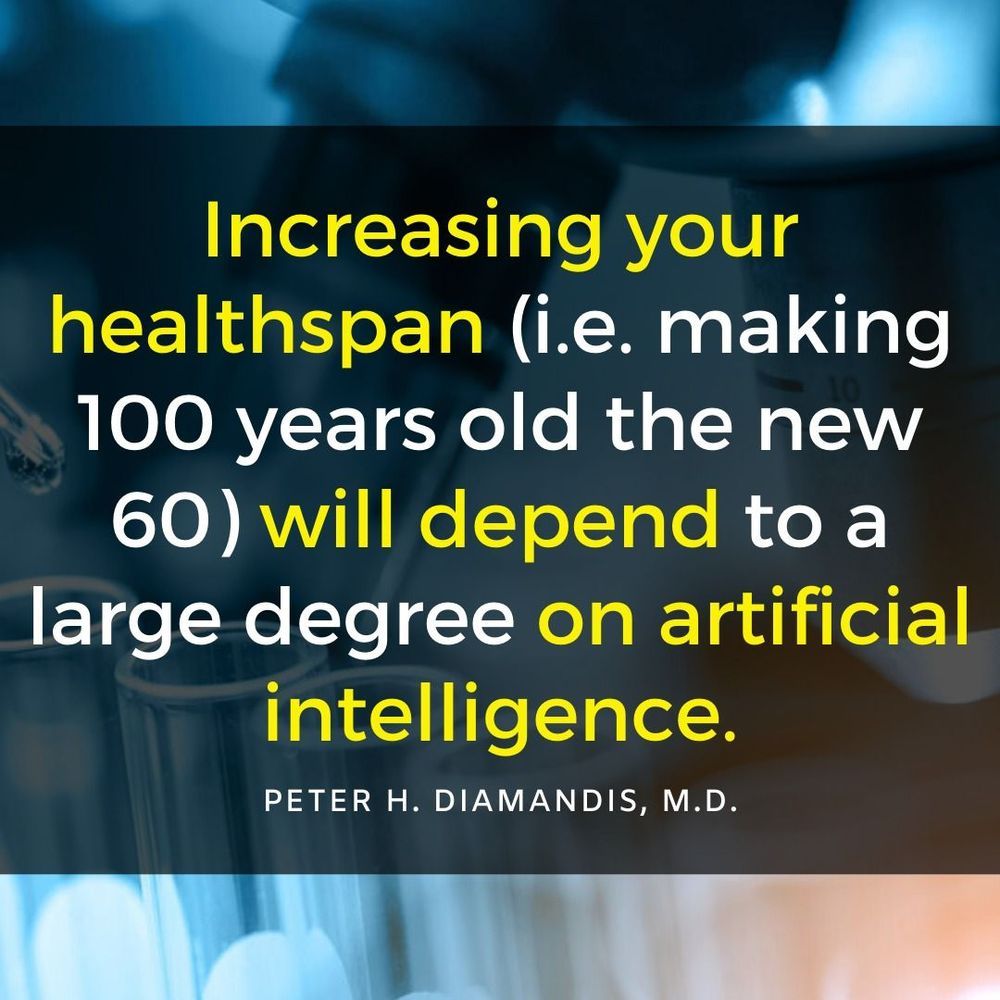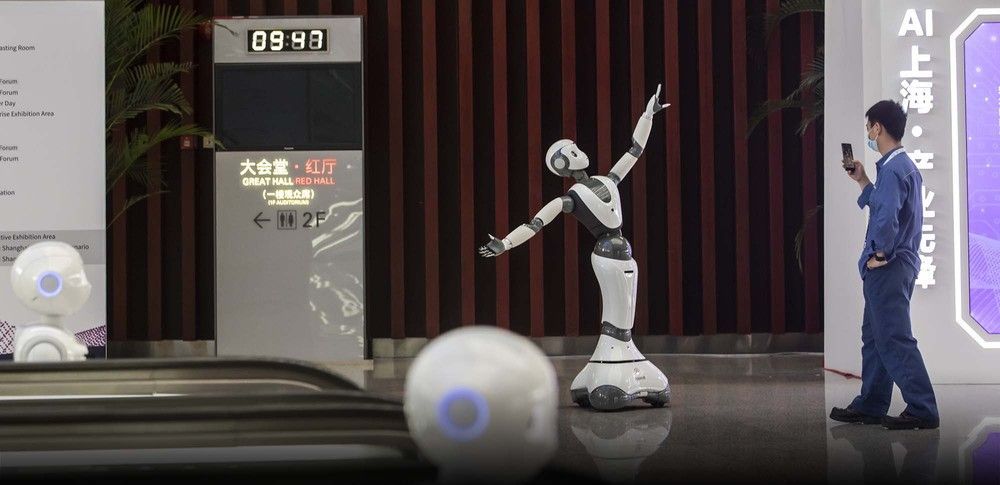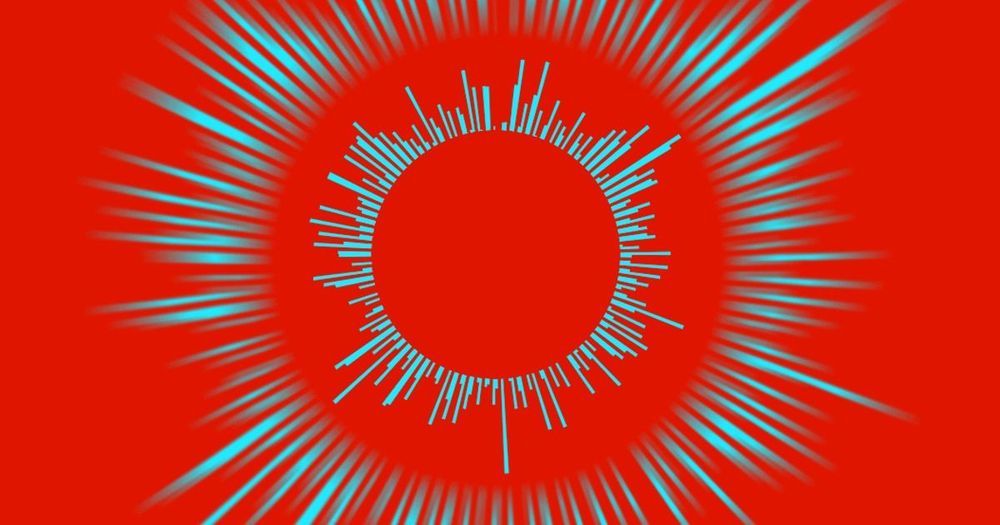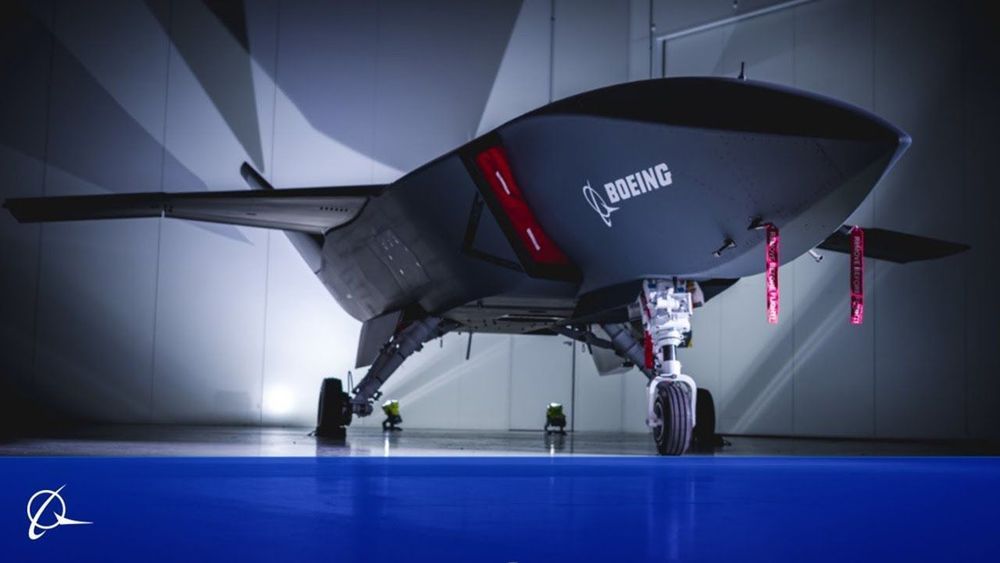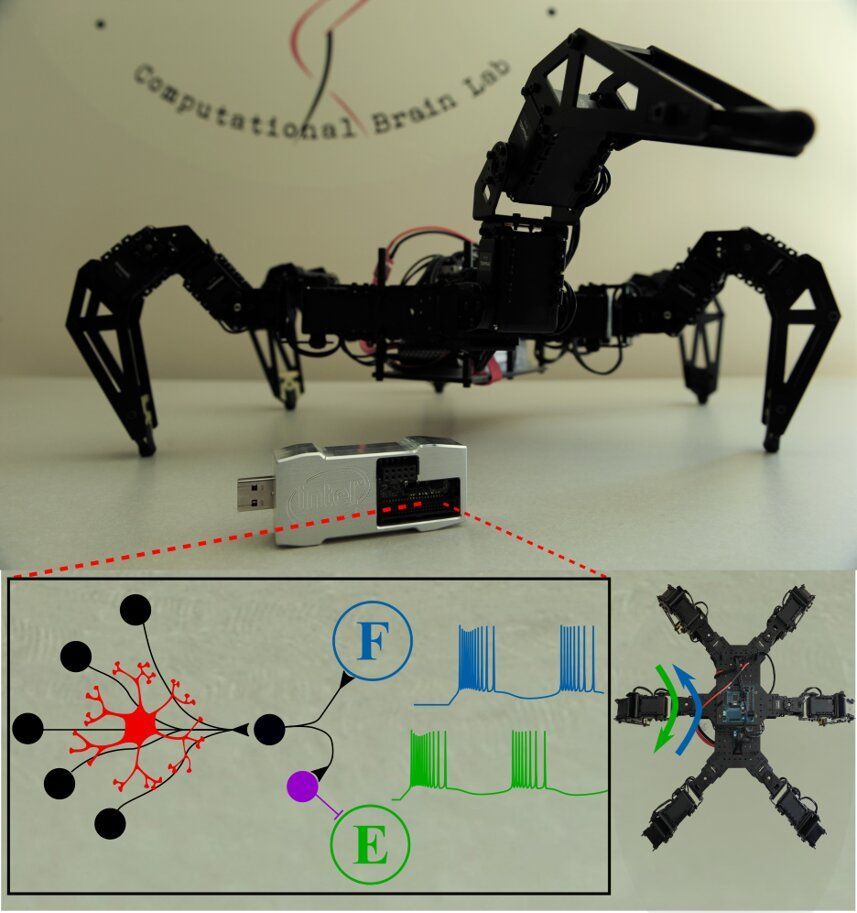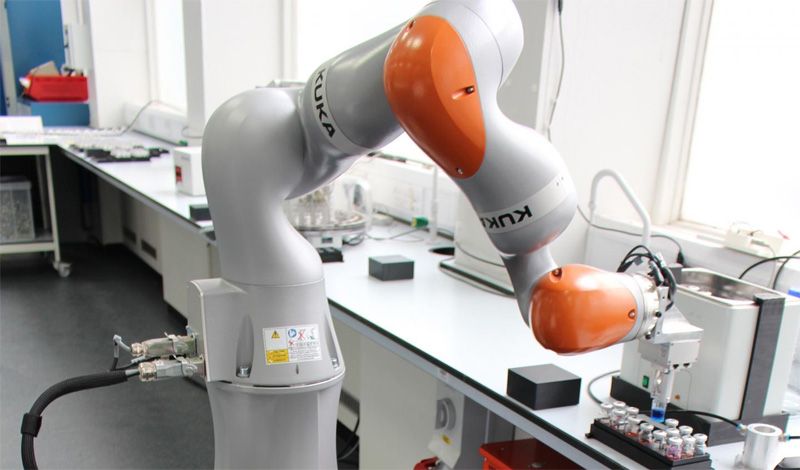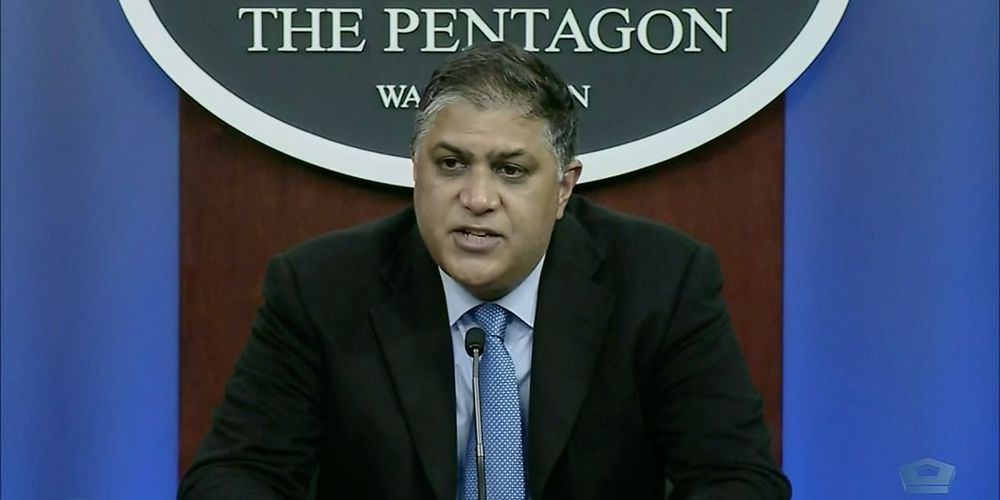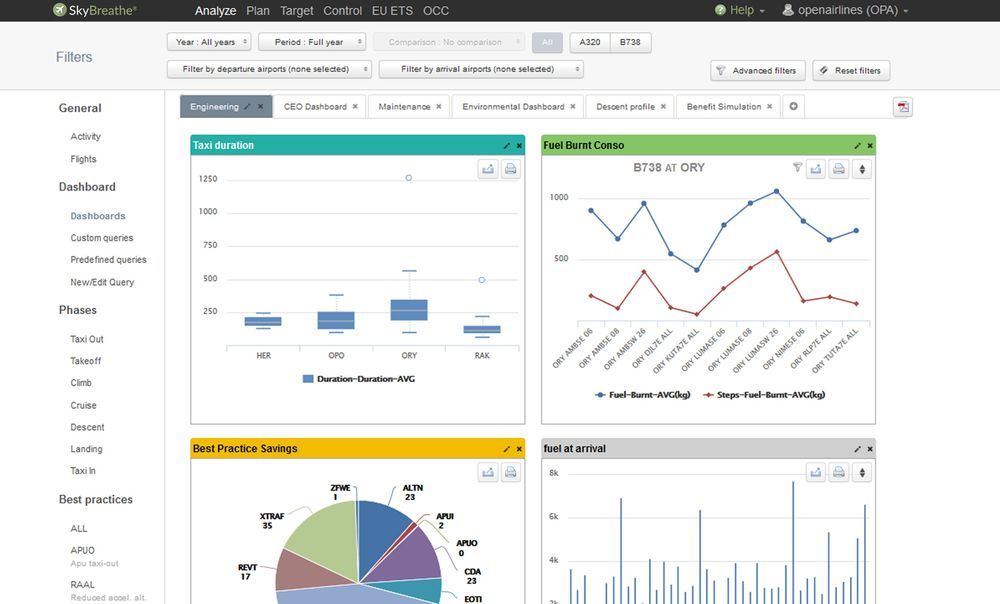Neurons, specialized cells that transmit nerve impulses, have long been known to be a vital element for the functioning of the human brain. Over the past century, however, neuroscience research has given rise to the false belief that neurons are the only cells that can process and learn information. This misconception or ‘neurocomputing dogma’ is far from true.
An astrocyte is a different type of brain cell that has recently been found to do a lot more than merely fill up spaces between neurons, as researchers believed for over a century. Studies are finding that these cells also play key roles in brain functions, including learning and central pattern generation (CPG), which is the basis for critical rhythmic behaviors such as breathing and walking.
Although astrocytes are now known to underlie numerous brain functions, most existing computer systems inspired by the human brain only target the structure and function of neurons. Aware of this gap in existing literature, researchers at Rutgers University are developing brain-inspired algorithms that also account for and replicate the functions of astrocytes. In a paper pre-published on arXiv and set to be presented at the ICONS 2020 Conference in July, they introduce a neuromorphic central pattern generator (CPG) modulated by artificial astrocytes that successfully entrained several rhythmic walking behaviors in their in-house robots.

